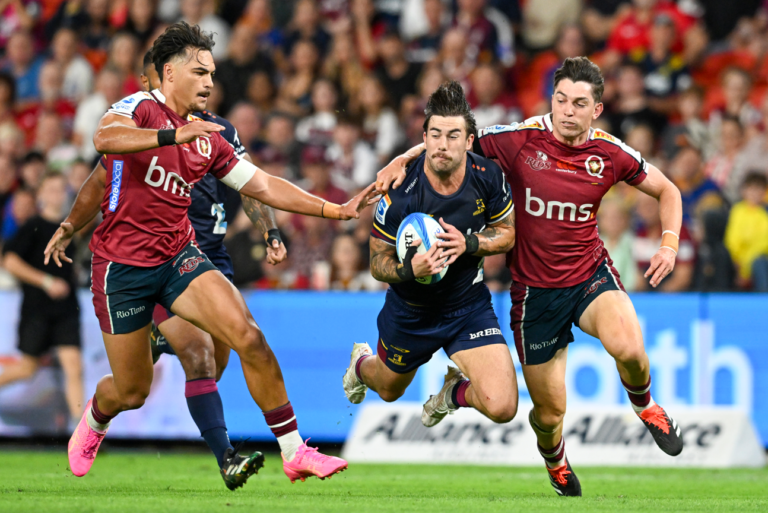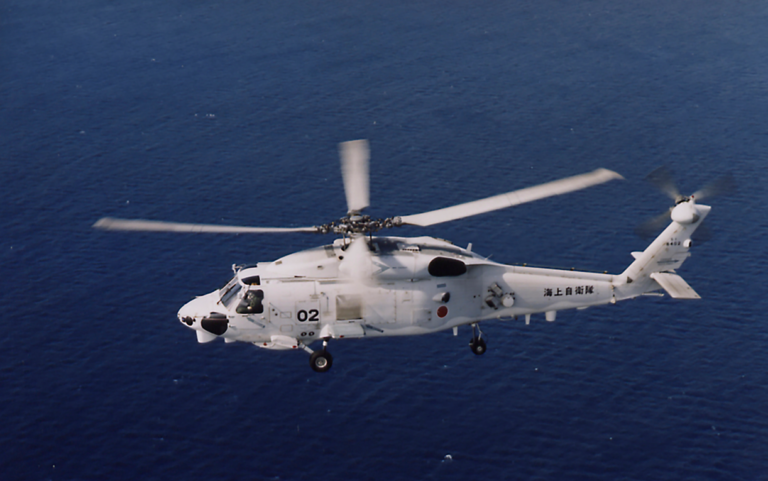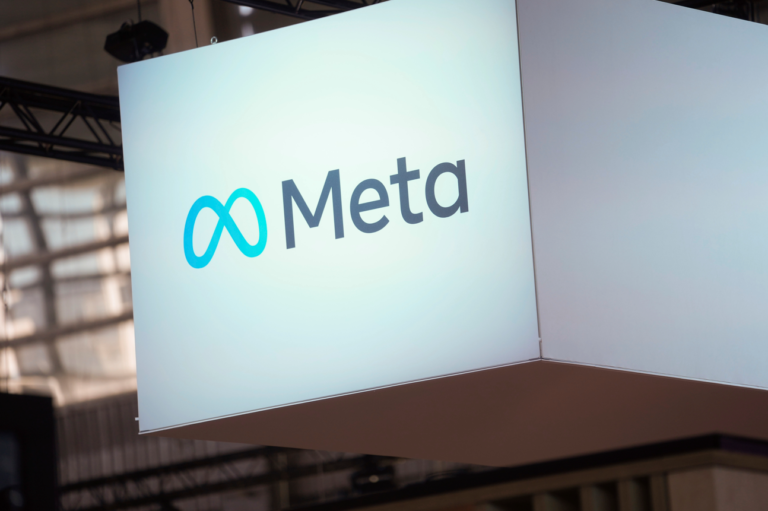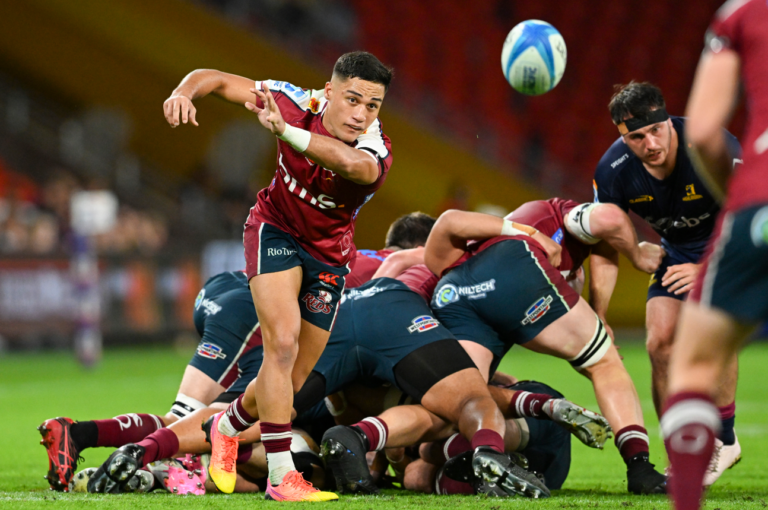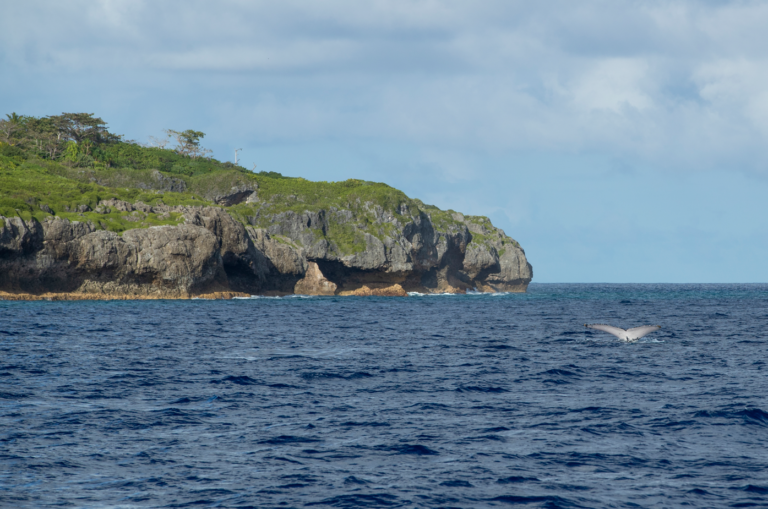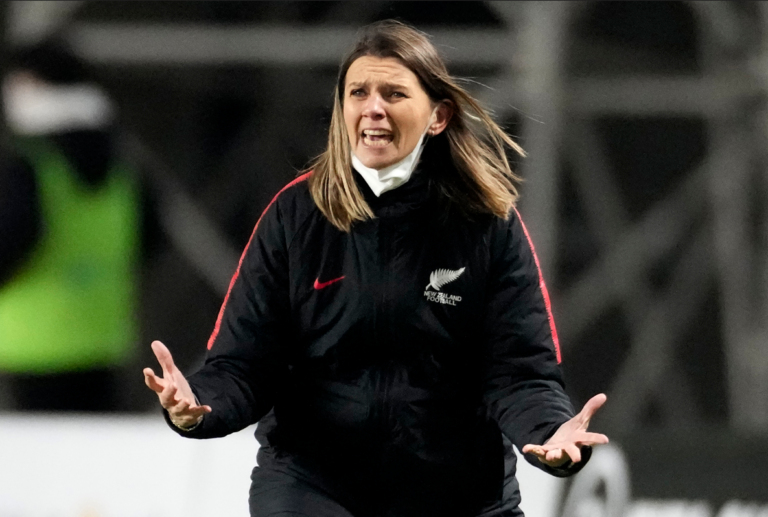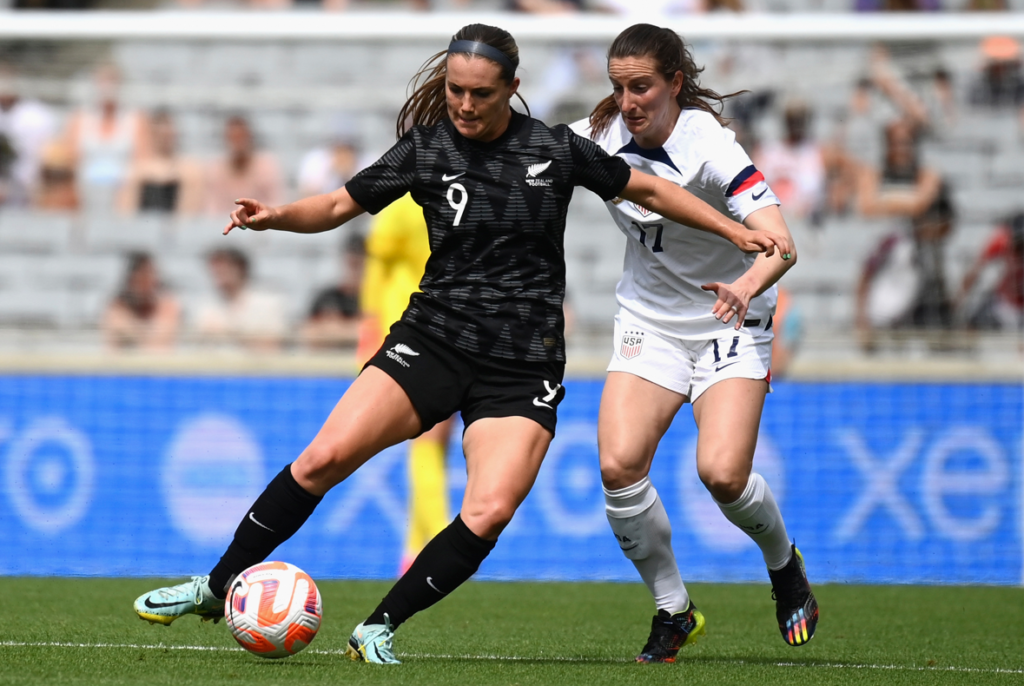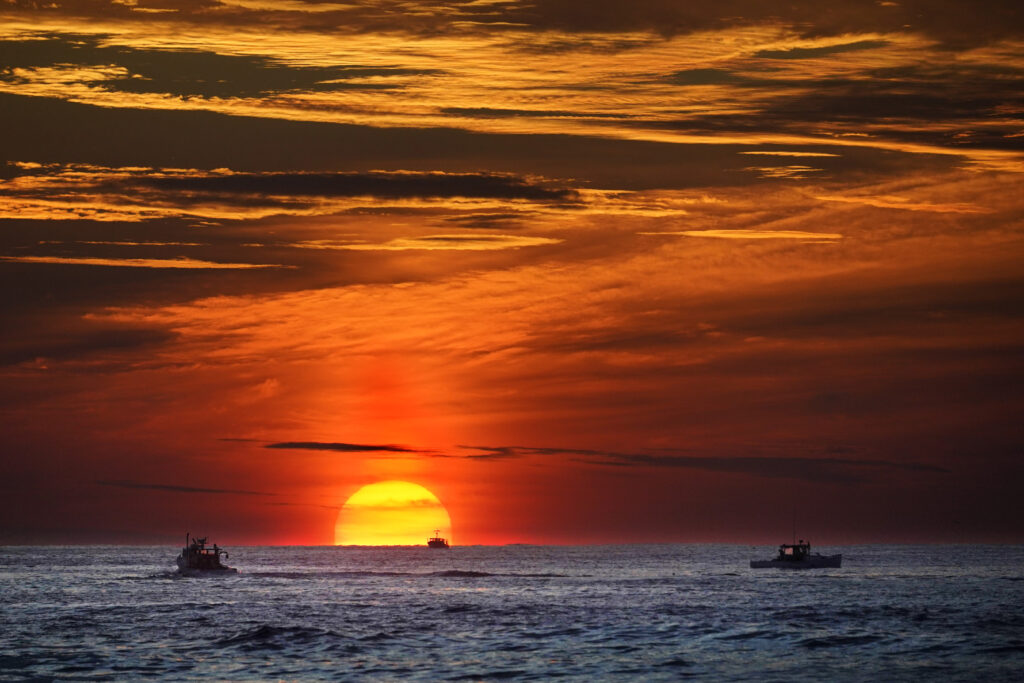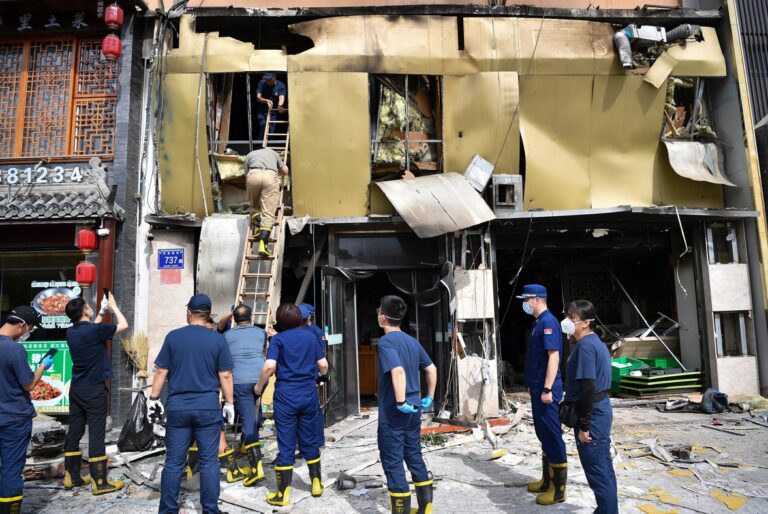WELLINGTON, New Zealand (AP) — The playoffs picture in Super Rugby has cleared a little after the weekend’s ninth round of games but has again raised question of whether the playoff system is too liberal.
The top eight of 12 teams, or 66% of all teams, contest the Super Rugby quarterfinals and, after nine rounds this season, the price of admission to the top eight is only three wins or 13 points.
Last year the Queensland Reds squeaked into the top eight with five wins and 24 points from the full 15 rounds of the regular season. In 2022, the Dunedin-based Highlanders qualified with four wins and 23 points, four wins and 12 points behind the seventh-placed Reds.
With six rounds left in the current season, Moana Pasifika are on the fringe of the playoffs in eighth place with three wins and 12 points, one win and one point ahead of the New South Wales Waratahs.
All 12 teams technically are still in with a chance of making the playoffs, even the defending champion Crusaders who have won only one of eight matches. The Christchurch-based Crusaders suffered one of their worst defeats this season on Saturday when they went down 37-15 to the Western Force.
On the current reckoning, the top three teams — the Wellington-based Hurricanes, Auckland-based Blues and ACT Brumbies — are already safe in the playoffs. The fourth placed Melbourne Rebels and Hamilton-based Chiefs are on the margins.
The financially-troubled Rebels appear to have over-performed by winning five of their eight matches. But those wins have come over lower-ranked Australian teams, Moana Pasifika and the Fijian Drua. They have a tough run towards the playoffs with three matches against New Zealand teams, another against the Brumbies and a last-round match against the Drua in Fiji.
The Hamilton-based Chiefs have five wins and 23 points and are likely to make the playoffs, though they have to face the Hurricanes and Blues in their last two regular season matches.
The run-in will be critical in the last weeks of the season. Moana Pasifika have a tough finish with matches against the Drua in Fiji, then the Highlanders, the Chiefs, the Hurricanes, the Waratahs and the Crusaders.
The Waratahs have an even tougher run in with matches still to come against the Chiefs, the Hurricanes, the Blues, the Brumbies and the Reds.
In each case, the run-in will help determine final placings and quarterfinal match-ups. The question remains whether the first round of playoffs can provide compelling competition when the top teams will be drawn against sides which at best have won half as many matches.
Super Rugby has struggled to attract crowds in Australia and New Zealand this season — not in Fiji where 15,400 filled the national stadium to watch the Drua play the Hurricanes on Friday.
A system in which twice as many teams make the playoffs as miss out may not help attract fans, though it prolongs some teams’ involvement.
In Australian soccer’s A-League, six out of 12 teams make the playoffs. The Australian National Rugby League has eight playoff qualifiers out of 17 teams and uses a weighted system which advantages the highest-placed teams.
Super Rugby’s too generous system may need reappraisal, given than no team has won the tournament from further back than fourth place after the regular season.
By STEVE McMORRAN AP Sports Writer
AP rugby: https://apnews.com/hub/rugby
Associated Press ©

